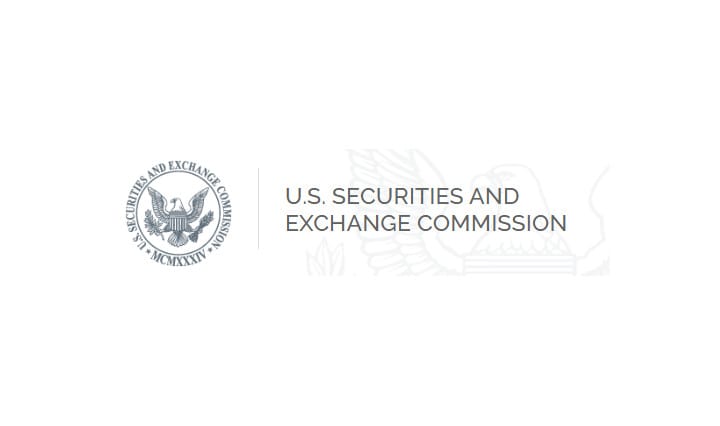Inflation Alert! Wildfires continue to cause disruptions to railroads in the West. More than 80 large fires are burning in 13 states across the western U.S., totaling more than 1.3 million acres of damage to date
Inflation Alert! Wildfires continue to cause disruptions to railroads in the West. More than 80 large fires are burning in 13 states across the western U.S., totaling more than 1.3 million acres of damage to date, which includes multiple locations on the railroad network.
Let's start with yesterday's 'Status of the Railroad' from the Union Pacific:

https://www.up.com/customers/announcements/customernews/generalannouncements/CN2021-47.html
Yikes, the fires are definitely causing issues. For instance, the Dry Canyon Bridge that is referenced got messed up!

https://www.klamathfallsnews.org/news/union-pacific-tracks-heavily-damaged-in-lava-fire
Tysver added, “Fire damaged both our track and the Dry Canyon Bridge, near Hotlum, California, impacting rail operations between Redding, California, and Eugene, Oregon. Freight trains are being diverted over Donner Pass.”
There is no estimated time of when the rail line will reopen. Until then freight will continue to be diverted around the trestle and line repairs.
“We are no longer actively fighting the fire and work is underway to repair the track and the bridge,” said Tysver. “We are still assessing the damage and we do not a timetable for when this work will be done or how long freight trains will be diverted.”

Firefighters assigned to the Union Pacific Fire Train protect the tracks and hinder the Dixie Fire from crossing the North Fork of the Feather River in Plumas National Forest, California, U.S., July 17, 2021. REUTERS/David Swanson

Firefighters spray water from a fire train to hot spots along the tracks over Rock Creek Bridge as the Dixie Fire grows in Plumas National Forest, California, July 15, 2021. REUTERS/David Swanson
One-piece I would like to directly call out is this from the letter:
Some of the challenges we face are outside of our direct control, like labor shortages in various parts of the supply chain (truck drivers, warehouse workers, etc.) due to COVID-19.
This is a lie! As we have covered, this increasing headcount thing to meet demand is really rich. Especially since industry-wide, they have been working to slash headcount for years going into this!

Employment by month

Before the railroads blame the cut in the workforce today on the pandemic, let’s point out that by February 2020, just before the pandemic really got going, their headcount stood at 127,634. February 2019, they had 145,800. They had already trimmed 18,166 (14%) before the pandemic even started. For reference, only 12,000 workers were cut during the pandemic.
Covid has seen some of the workers were put on furlough. However, it turns out, not all of them are eager to return to work on the conditions offered by the railroads--as pointed out by the needing to improve work-life balance as called out above by Jame Foote.
These cuts in the workforce, and now the scrambling to hire people amid self-created “labor shortages,” is contributing to issues in meeting heavy transportation demand: Union Pacific temporarily suspended traffic from Los Angeles into Chicago and getting called out by customers (the lobbyist representing and slinging for shit is quite effective).
On the suspension front, the embargo was not extended and service has been allowed to resume.
However, the railroads aren't out of the woods yet.

Surface Transportation Board Chairman Martin Oberman
Surface Transportation Board Chairman Martin Oberman asked the Class I railroads Thursday to provide information on congestion at inland intermodal terminals, where international containers are stacking up faster than customers can receive them.
“I am particularly concerned about significant increases in container congestion at key U.S. terminals, and substantial charges being levied by the railroads for container storage at these terminals,” Oberman wrote in a letter to the chief executives of all seven Class I systems.
Oberman further went on the offensive in the Wall Street Journal telling them:
“The railroads cannot strip down to bare-bones operations,” and “It’d be like a professional football team only having one quarterback.”
It looks like the Railroads profit and chasing the bottom line is starting to catch customer and regulator ire--all while having to contend with these outages due to climate change!
It's not just the Union Pacific either, BNSF’s north-south route, which joins the UP at Keddie, has been closed since July 21. In a July 23 service advisory:

http://www.bnsf.com/news-media/customer-notifications/notification.page?notId=automotive-network-update-for-friday-july-23-2021
So, on the map, the above disruptions and re-routes look like:

That's a long way to have to go....
EDIT: Hat tip to a messenger (happy to link you here if you give me permission), Canfor a big lumber mill in West Canada is also curtailing their production:

https://www.cranbrooktownsman.com/news/canfor-trims-lumber-production-due-to-bc-wildfires/
It was capacity going offline from COVID-19 that caused the spike in lumber prices last time. Fires are regional issues for production at the moment, but as we have seen, that can rapidly change.
I think with extreme weather, we will, unfortunately, see more unexpected events, which will ultimately feed the inflation beast.
The entire transportation network is facing spikes in costs and supply shortages, and now increased delays. You can bet the costs will get passed down the line. More fun to look forward to over the coming months. The CPI number from this month is a lie and a joke and inflation is not transitory--as Covid-19, Suez Canal, and Mother Nature all have continued roles to play in seeing it stick around.
All of this pain in the transportation system happening in the backdrop of the Fed still plowing away with $120 billion in assets purchases each month:

$40 billion a month in mortgage-backed securities. This will continue to depress mortgage rates and only continues to add gasoline to the inflation fire.
$80 billion in Treasury securities a month (with policy rates near 0%): represses short-term and long-term interest rates in general, and inflates asset prices and consumer prices, which further DESTROYS the purchasing power of the dollar.
While the rest of the world's banks are acting, the Fed still claims this inflation is “transitory"...
TL:DR - The Dollar losing purchasing power + Inflation = Permanent Loss of purchasing power. Unless one of the many other catalysts triggers the MOASS, I believe inflation is the match that has been lit that will light the fuse of the rocket.


